- What is a snapshot? A thorough explanation of how snapshots differ from portraits and how to select the right lenses!
- August 30, 2024
What is a snapshot? A thorough explanation of how snapshots differ from portraits and how to select the right lenses!

Snapshots, also known as “casual snaps” and “candid photos” in English, are shots where the photographer instantly clicks the shutter to capture the real mood on the spot. It’s also important to note that there are many different types of snapshots. That’s why in this article, we offer some basic knowledge about snapshots for those just getting started with interchangeable lens cameras, and also offer some tips for taking great snaps and a guide for choosing the right lenses.
What is a snapshot?
A snapshot is a shot taken of an ordinary moment in a natural setting. In the case of snapshots, you don’t decide on the subject or the composition before shooting. By shooting a subject just as it appears, you can capture its spontaneous beauty with your camera, something that cannot be attained with pre-established harmony. Incidentally, “snapshot” is an adaptation of what was originally hunting term used to describe the quick action (the “snap”) of shooting at a bird with a gun. It came to be used in a similar fashion to describe “shooting quickly” in the photographic sense.
The basic knowledge you need when shooting video with an interchangeable lens camera
When they hear “snapshot,” some people might associate it with portrait photography. Snapshots and portraits are two similar but different kinds of photograph.
Portraits were traditionally paintings or drawings of people, and in the photographic context this holds true, as they refer to photographs in which a person or people are the subject. For example, even if only part of a person is shown, if the main subject of the photograph is a person, it is classified as a portrait. Often with portraits, the photographer will speak with the model in advance about what kinds of compositions and poses will be shot. For that reason, you could say that portrait photographs are shots that the photographer and model create together.
On the other hand, a snapshot rarely involves determining the composition or posing of the subject in advance. Just as the word “snap” or the Japanese term haya-dori (quick shot) suggest, these are photos taken instantly to capture the scene in the moment. That is why in contrast to portraiture, the subject is often unaware of the camera and entirely in a natural state when photographed.
Given this, in order to take compelling snapshots, not missing the opportunity to capture a scene that unfolds in front of you is a key factor. Another distinguishing feature of snapshots is that the subjects are not limited to people. Snapshots can feature all kinds of subjects, including buildings, natural landscapes and street shots.
A guide to different types of snapshots
As we’ve shown, a wide variety of subjects can be expressed through snapshots. Here let’s look at examples of actual photos and gain an appreciation for the charm of snapshots.
Snapshots of people

Focal length: 64mm Exposure: F2.8 Shutter Speed: 1/40sec ISO: 100
Snapshots of people capture human subjects as they are, within the natural atmosphere of the place and moment. If working with a model, it is possible to capture momentary expressions and even the ambience of the moment created by the distance and relationship between photographer and model. When traveling, we can create a special impression as the atmosphere of the streets and the human subjects overlap.
Street snapshots
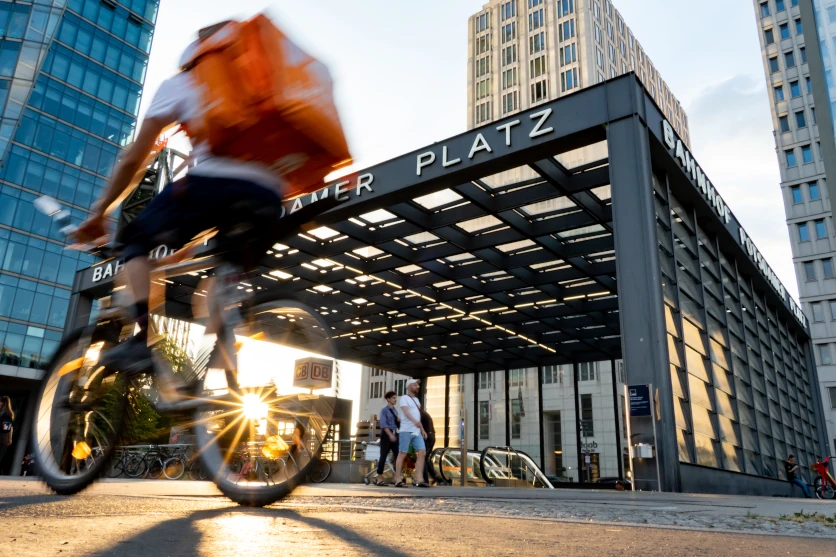
Focal length: 64mm Exposure: F2.8 Shutter Speed: 1/40sec ISO: 100
Street snapshots are shots of city landscapes, as well as people, fashion and other elements found in cities. With street snaps you can take photos that convey the pulsing heart of a city and its people. The process of pressing the shutter button as much as you like can give rise to eye-catching photos.
Children’s snapshots
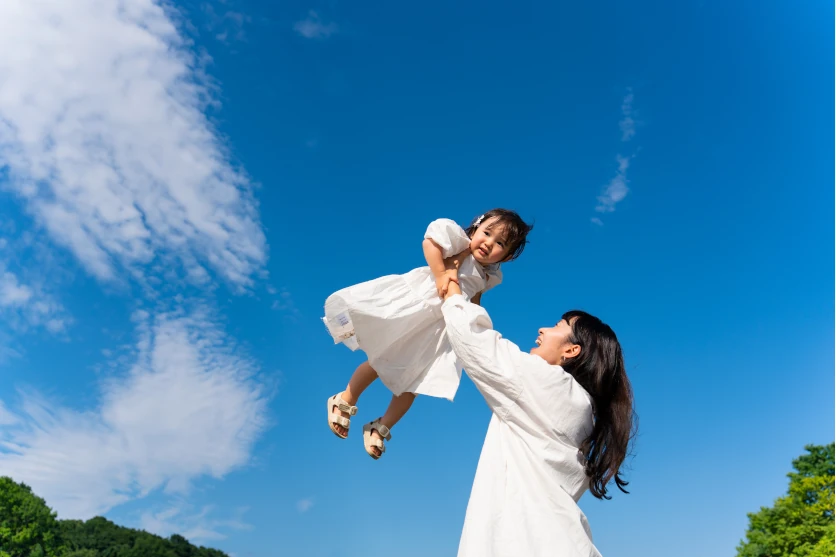
Focal length: 28mm Exposure: F4 Shutter Speed: 1/2000sec ISO: 100
These photos capture casual moments depicting the activities of children, whether during a family outing, a school sports day or other sporting competitions. By shooting with a sense of distance unique among family members and bathed in ample light, a mood of warmth can be felt. These snaps also allow you to express children’s expressions, which can change in an instant, with a sense of dynamism.
Children’s snapshots
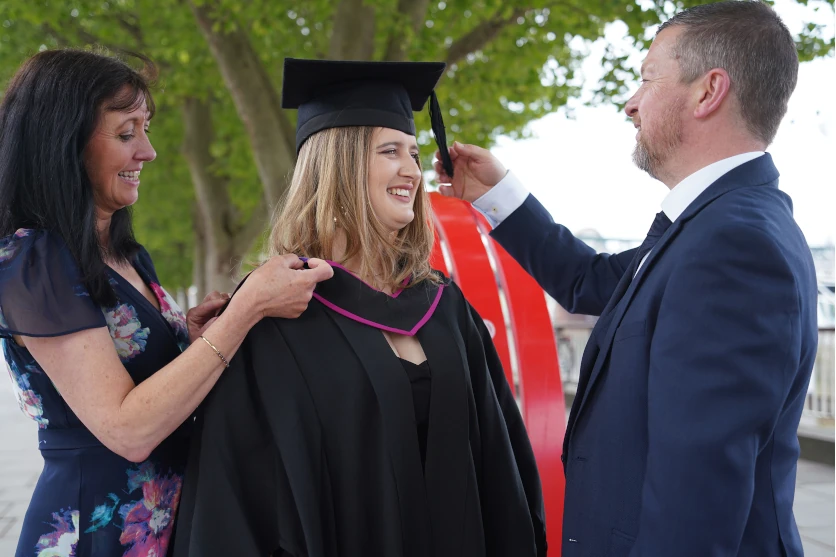
Focal length: 28mm Exposure: F4 Shutter Speed: 1/2000sec ISO: 100
Special occasions such as weddings, celebrations and commemorative events are common scenarios for snapshots. Unlike portraits these snapshots capture people in their natural states without set poses or composition, recreating scenes with greater realism when looked back on later. Faithfully capturing people’s expressions in these ways can produce evocative images.
Snapshots of buildings and streets

Focal length: 17mm Exposure: F4 Shutter Speed: 1/30sec ISO: 400
Shooting how buildings blend in with the city can convey the real ambiance of the town. Portraying the cityscape and streets with a zoomed out composition can communicate the vitality of the city, while zooming in on the details of a subject can capture the essence of daily life and culture.
Snapshots of natural landscapes
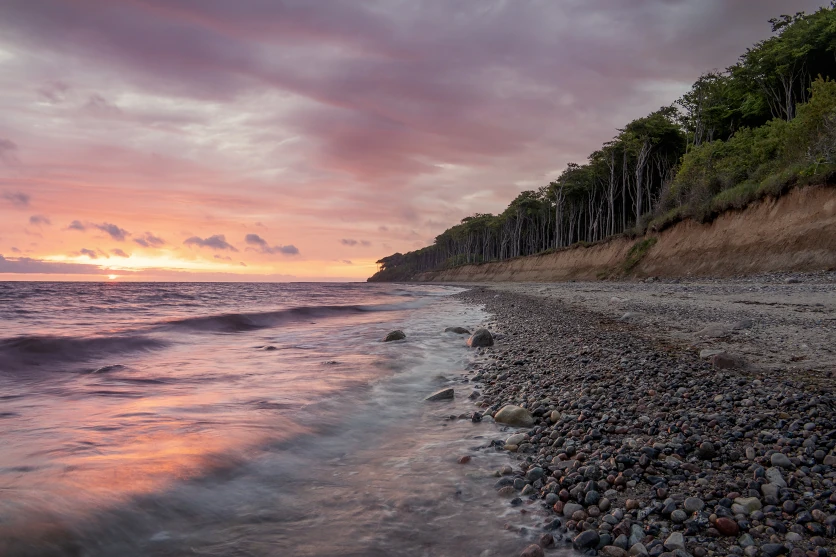
Focal length: 18mm Exposure: F13 Shutter Speed: 1/3sec ISO: 200
Natural landscapes may evoke images of shots taken after being meticulously composed, but spontaneous snaps of landscapes you happen upon can have a charm all of their own. During mountain climbing, hiking and other outdoor activities, shooting the landscape that spreads out before you can capture the excitement of seeing it in a real sense.
How can you take attractive snapshots?
As snapshots are taken to capture a moment, first of all it’s important to take a lot of photos. By combining that with a few key tips, you will be on your way to taking even more compelling snapshots. Let’s go over three tips that will help you.
Use shutter priority or aperture priority mode
When taking photos, check what exposure mode your camera body is set to. To ensure you can capture the moments you aim for, in addition to program auto mode we recommend utilizing shutter priority or aperture priority mode.
Shutter priority mode
By setting the shutter speed in shutter priority mode, the camera body will automatically adjust the aperture to ensure proper exposure. By setting a fast shutter speed you can make it harder for moving subjects to blur, which is recommended when shooting pets, animals, children, vehicles and other fast-moving objects. However, when shooting indoors, under shade or in poor weather, there may be insufficient exposure, which is compensated for by raising ISO sensitivity.
Aperture priority mode
By setting the f-stop in aperture priority mode, the camera body will automatically adjust the shutter speed to ensure proper exposure. When you want to utilize bokeh or are in an environment will minimal light, we recommend shooting with the f-stop set near the wide-open aperture. However, if you stop down the aperture somewhat heavily, it will be easier to get the scene in focus when you take a shot in the spur of the moment.
Shoot repeatedly without rushing
Generally speaking, snapshots are taken without set compositions or poses. That’s why by snapping your shutter at any landscape, subject or object that takes your fancy, you can product snapshot-like photos. Decisive moments don’t always arrive as you hope. By repeatedly shooting in a deliberate way, you will be able to select the best picture from among many. For moving subjects, we also recommend utilizing continuous shooting mode (burst mode).
Get creative with composition and the direction of light

Focal length: 18mm Exposure: F13 Shutter Speed: 1/3sec ISO: 200
Composition is the process of determining where to place the subjects within the frame of the photo. By getting creative with composition, you can create impactful snapshots. Examples of different techniques including adopting a simple composition that makes use of blank space, adjusting the angle or height at which you shoot, and giving an accent to the photo by only blurring the background. You can also experiment by zooming in or out on subjects, adjusting the height (position) from which you shoot, and playing with the orientation (angle) the camera is facing.
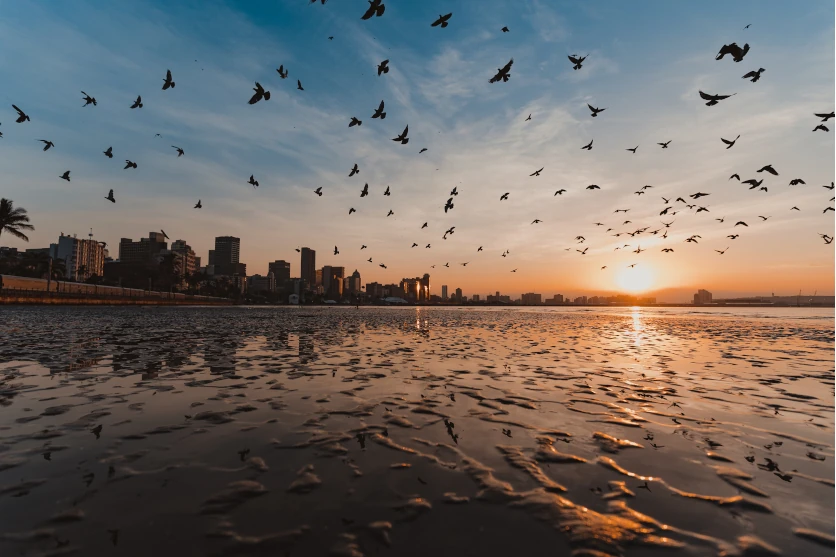
Focal length: 11mm Exposure: F2.8 Shutter Speed: 1/1000sec ISO: 80
The direction of light is another key point. With direct light, since the light hits your subject straight on, expressions and other features of subjects can be rendered in crisp detail. On the other hand in backlit conditions, since the light will be coming from behind your subject it may be difficult to make out expressions, but you can create a mood that is fantastic and warm. You can also shoot a side-lit subject with the light hitting from an angle to the side, and this can make it easier to convey the depth of expressions in your subject. By getting creative with the direction of light, you can change the impression your photo gives.
Key points to choosing the best lenses for snapshots
To take great snapshots, it’s important to choose lenses that are well suited to the genre. Here we share several tips on what lenses to choose. A basic premise of choosing a lens is to make sure it is compatible, as the mount specifications and sensor sizes (full frame, APS-C) can vary depending on the camera body.
Maximum aperture
As snapshots involve shooting subjects to capture them from moment to moment, you need to take photos with high image quality without missing any shooting opportunities. In that sense, choosing a lens with a large maximum aperture (a small f-stop value) will make it easier to take bright photos even in locations with minimal light, and also allow you to increase the shutter speed. For that reason, we recommend going with a lens with as large a maximum aperture (low f-stop value) as possible.
Weight and Easy handling
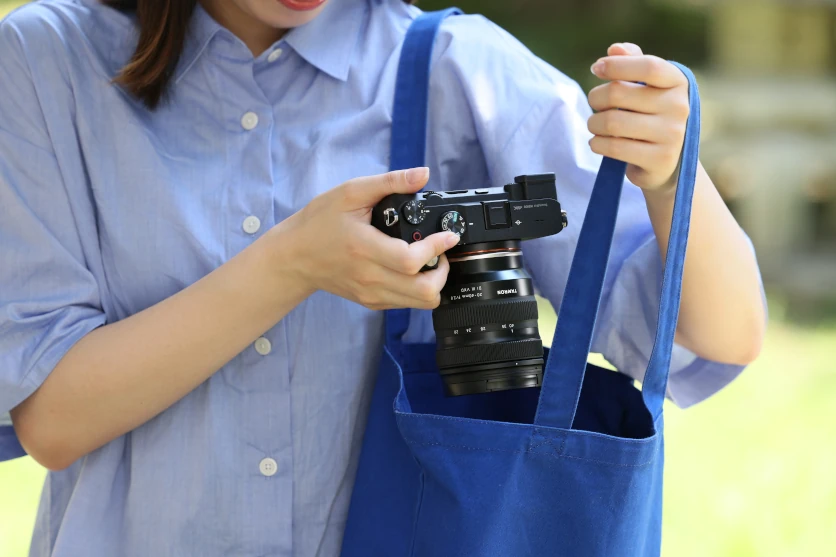
In the case of snapshots, you will often face scenarios where you shoot on the spur of the moment. At other times, you may have to keep waiting for the right moment to shoot. In these cases, if you lens is large and heavy, it could take time to get the camera into position, and you could lose shooting opportunities as a result. That’s why when taking snapshots, we recommend choosing lenses that are light and easy to handle. Not only does this make it easier to shoot, but it also lightens the amount you have to carry, making it more convenient to move around.
Autofocus (AF) and vibration compensation mechanisms
Choose a lens with an AF system that quickly and accurately achieves focus. You should make sure that the lens is not only able to reliably focus in on a subject when shooting at a moment’s notice, but can also smoothly track moving subjects. Another point you should check is whether the lens is equipped with a vibration compensation mechanism. As camera shake can easily occur when taking momentary snapshots, having a vibration compensation mechanism can allow you to stably take photos with high image quality.
Focal length and angle of view
Generally speaking, it is common to use a standard lens when taking snapshots. It is common to opt for a prime lens for using bokeh in photos or taking snaps of people, but as a standard zoom lens can cover everything from the wide-angle to telephoto range, it can more easily handle a variety of scenarios including landscapes and people. Choose an appropriate focal length to match the kinds of images you want to shoot.
Shoot as much as you like and enjoy the world of snapshots
With snapshots, you can momentarily capture a wide variety of subjects such as buildings and natural landscapes in addition to people. Start by taking a lot of photos and finding the best image from among them. When choosing a lens, pick one with a size that makes it easy to handle and a large maximum aperture, and try out a range of compositions.
Lens Featured in this Impression
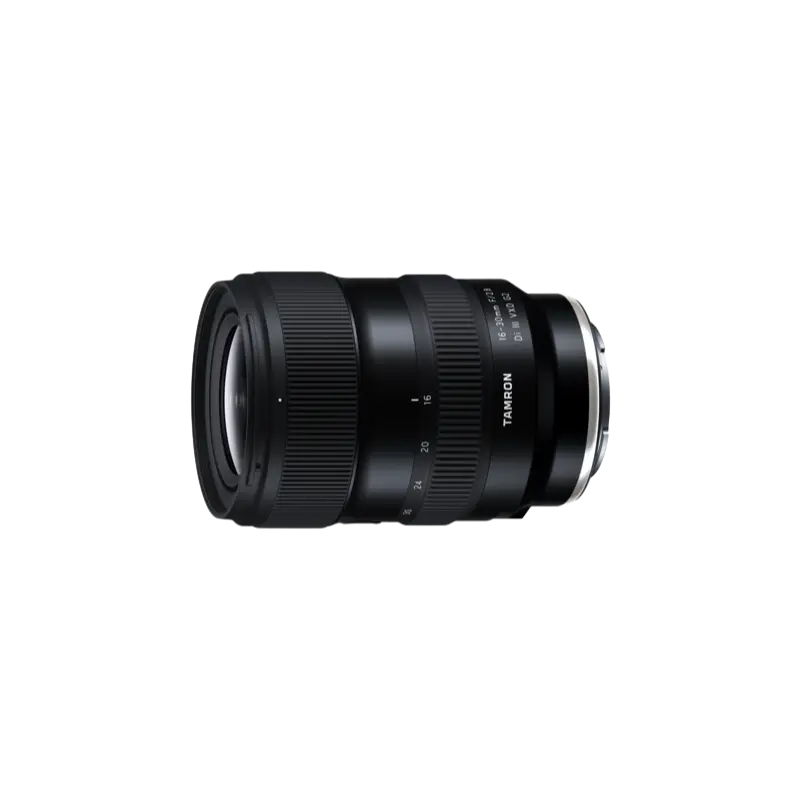
16-30mm F/2.8 Di III VXD G2 (Model A064)
Expanding upon the success of the highly acclaimed TAMRON 17-28mm F/2.8 Di III RXD (Model A046), the G2, 2nd-generation emerges as an advanced 16-30mm F/2.8 Di III VXD G2 (Model A064). While broadening the zoom range, it maintains a compact, lightweight design and delivers exceptional image quality. In addition, it features improved autofocus performance and has been updated to the latest lens design, enhancing overall operability. It’s also compatible with TAMRON Lens Utility™, allowing you to customize practical functions for both photography and videography. Retaining the mobility and versatility of its predecessor, the 16-30mm F2.8 G2 unlocks new creative possibilities. Experience the unique creative expressions that only a fast, ultra wide-angle lens can offer.
Learn more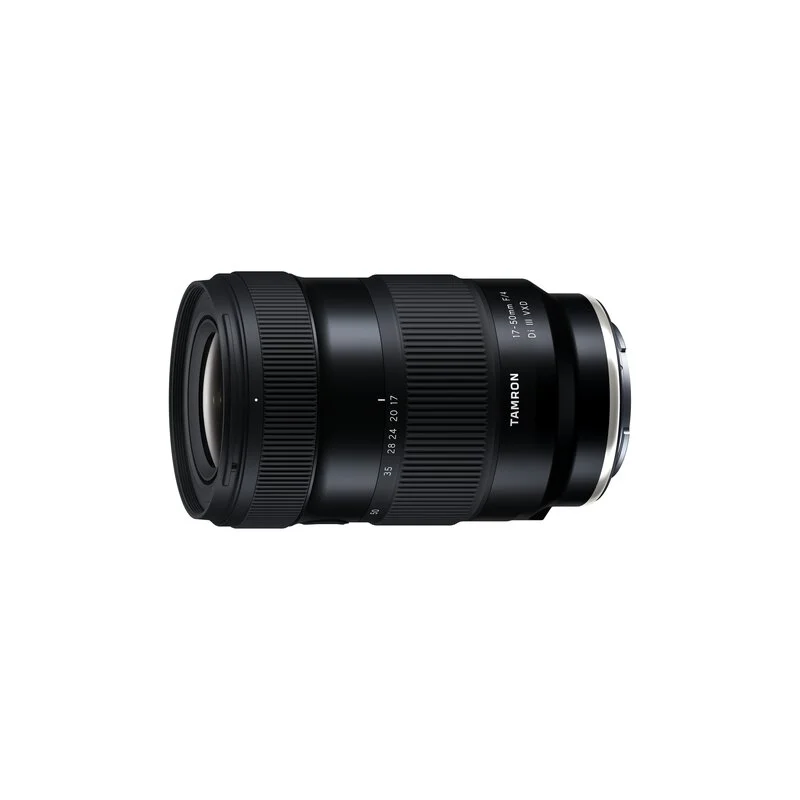
17-50mm F/4 Di III VXD (Model A068)
It's the world’s first lens covering from ultra wide-angle 17mm to the standard 50mm focal length. The highly-compact TAMRON 17-50mm F/4 Di III VXD (Model A068) for Sony E-mount full-frame mirrorless cameras offers maximum versatility for still and video creators. From landscapes to living rooms, this lens captures all that you see.
Learn more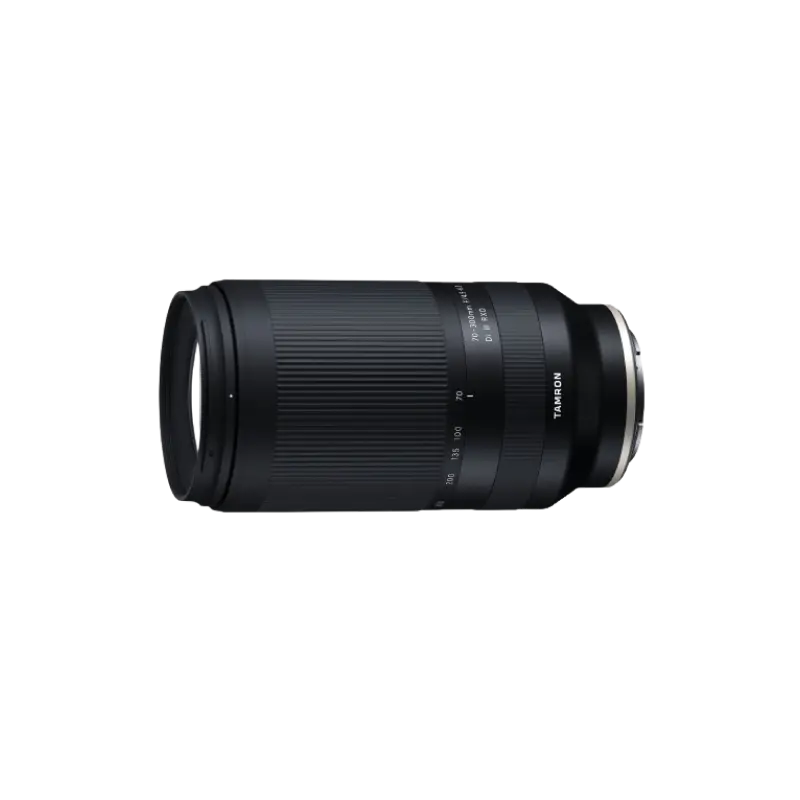
35-150mm F/2-2.8 Di III VXD (Model A058)
The 35-150mm F/2-2.8 Di III VXD (Model A058) is a high resolution travel zoom lens that covers everything from the 35mm wide angle to the 150mm telephoto focal length, the first zoom lens achieving an aperture of F2 at the wide angle end. It has a groundbreaking fast-aperture and utilizes the linear motor focus mechanism VXD (Voice-coil eXtreme-torque Drive), thereby achieving high speed, high precision autofocusing. The innovative lens design enabled us to greatly improve the lens's grip and functionality. The software, developed in-house, enables to easily customize functions and to update firmware.
Learn more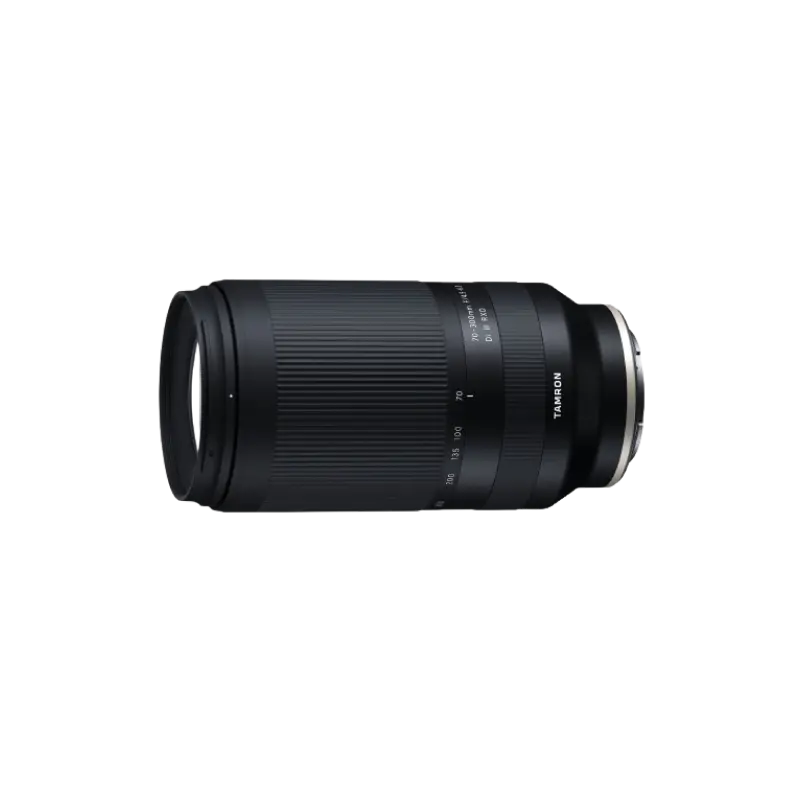
70-300mm F/4.5-6.3 Di III RXD (Model A047)
The 70-300mm F/4.5-6.3 Di III RXD (Model A047) for full-frame mirrorless cameras is a telephoto zoom lens designed and created so photographers of all skill levels can enjoy high quality images comfortably. The 70-300mm F4.5-6.3 covers a broad telephoto zoom range yet is the small and lightest weight. With special emphasis on resolving power, TAMRON has deployed special lens elements appropriately arranged to correct chromatic aberration, generally very strong in a telephoto lens, as well as other aberrations. Users can enjoy high-resolution images combined with stunning bokeh qualities that are achievable only with a telephoto lens. The lens also incorporates the RXD, a high-speed precision AF drive system that is remarkably quiet. The 70-300mm F4.5-6.3 is a versatile lens for photographing landscapes, sports and other action, pets, wildlife, and more. The lens also demonstrates its potential for portrait shooting, casual snapshots, and scenarios that require you to be mobile and shoot handheld, like sporting events.
Learn more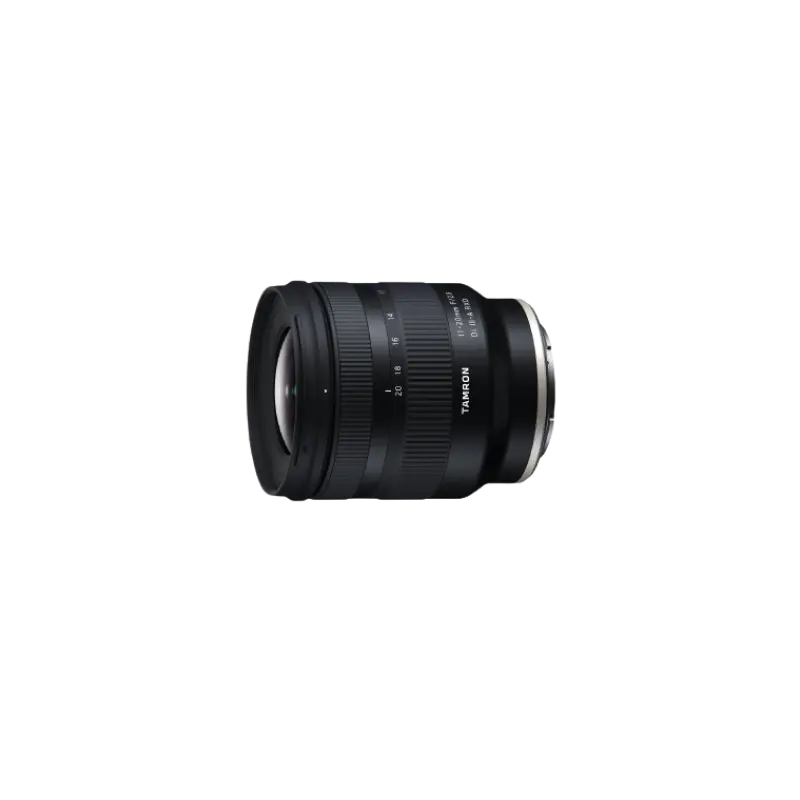
11-20mm F/2.8 Di III-A RXD (Model B060)
11-20mm F/2.8 Di III-A RXD (Model B060) is the world's first compact, lightweight F2.8 ultra wide-angle zoom lens for Sony E-mount APS-C mirrorless cameras. Can be a great choice for video shooting.
Learn more

